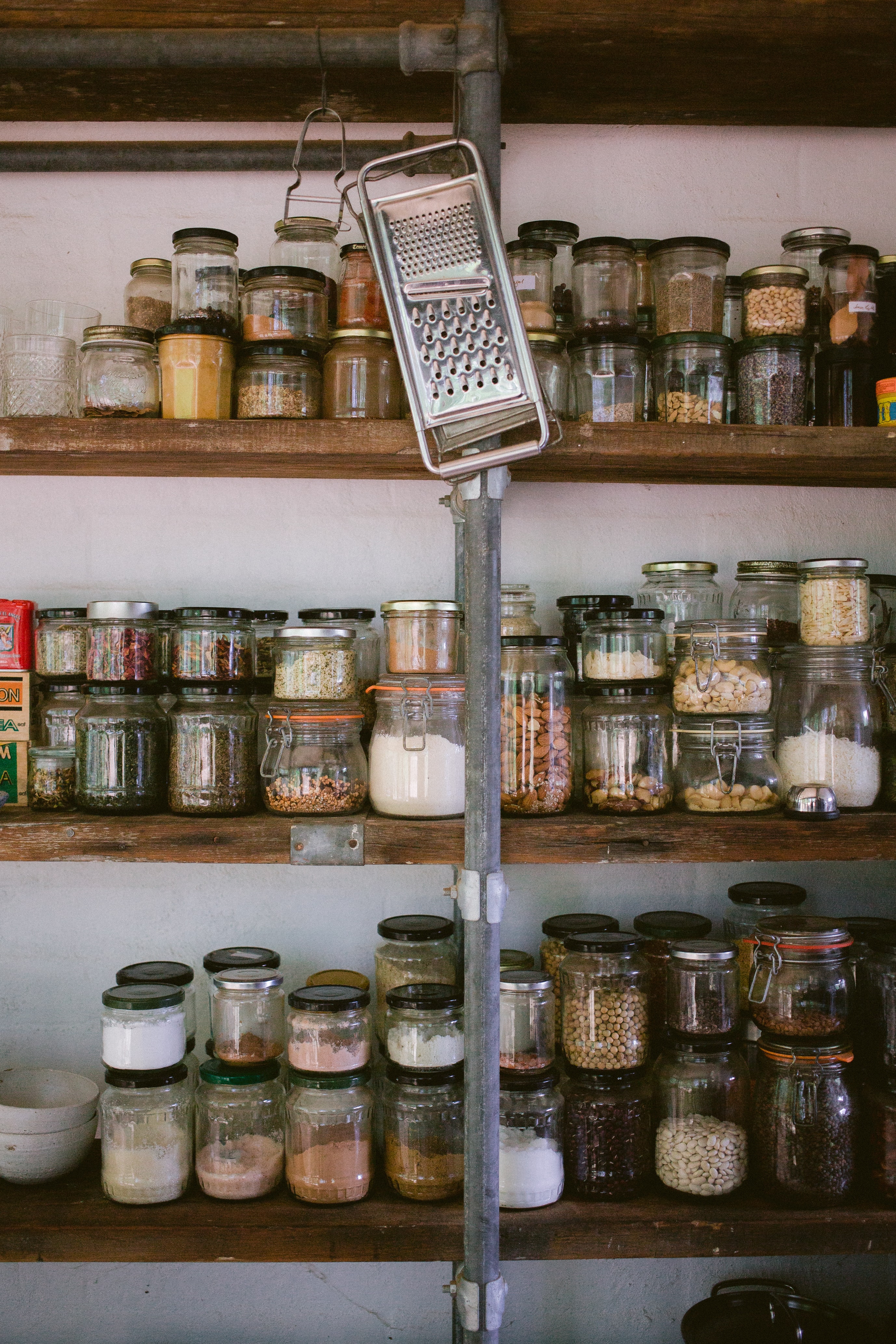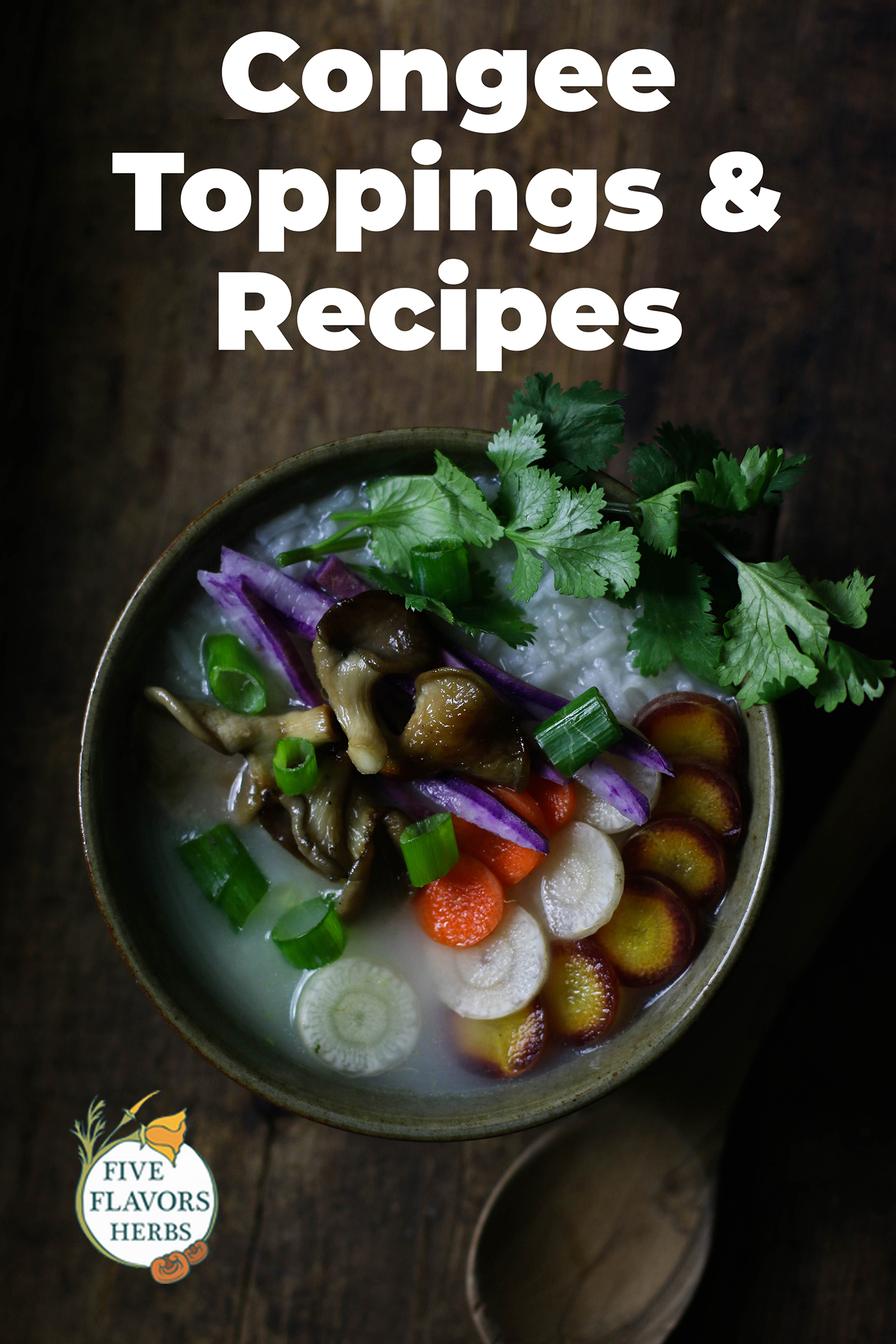When our gastrointestinal tracts aren’t operating normally, it can make our minds, emotions, and whole bodies feel out of sorts. Maintaining digestive well-being is a matter of balance, of understanding how the fuels we choose each day affect our vital energies and varying our selections to keep these forces in check. Chinese folk medicine and formal Traditional Chinese Medicine (TCM) practices strongly emphasize digestive support, inspiring many classic dishes that serve both culinary and therapeutic purposes. One such dish is a wholesome, restorative rice dish called congee.
What Is Congee?
Congee, also known as “jook,” is a healthy porridge made out of grains with herbs. While congee originated in China, versions of cooked, creamy cereal are enjoyed by cultures all over the world—for example, quinoa (not a true grain but often treated as one), was originally consumed by indigenous South Americans in porridge form.
Tasty and easy to digest, congee can be part of a regular meal or as a delivery system for beneficial herbs. I often recommend congee for individuals who are struggling with digestive complaints such as low appetite, poor digestion, or chronic nausea. Herbal congee is also an excellent way to stay nourished during and after acute illness.
Classic Chinese congee is made with a white rice base, seasonings, and often meat (chicken congee is a popular choice), but the recipe can easily be adapted to support your dietary preferences and needs. You can use different base grains and toppings to aid with particular gastric challenges (more on that later). Since congee is intended to be a gentle and nourishing preparation, the bases and nearly all of the toppings we suggest fall into the “sweet” flavor category of TCM, the taste known for being harmonizing and calming.
Basic Congee Recipe for Instant Pot, Slow Cooker, Rice Cooker, or Stovetop
Ingredients
- 1 part rice or grain of choice (see list below)
- 8 parts liquid (water or broth)
- Protein, fruits, and seasonings of choice, to taste
Directions
- Soak grain and legumes of choice (if any) overnight (or least a couple hours), then rinse.
- Combine selected grain, meat, vegetables, fruits, and/or herbs with water/broth in cooking appliance of choice.
- For Instant Pot: Seal pot, cook on high pressure for 1 hour, then let depressurize gradually (about 40 minutes). For Slow Cooker: Cover and cook on low, about 8 hours. For Rice Cooker: Close lid and choose “mixed” or “white rice” setting to cook. For Stovetop: Cook over low/medium heat, partially covered, for 2 to 4 hours, stirring occasionally.
- When fully cooked, add salt, additional seasonings, and toppings and enjoy warm.
- Extra congee can be stored in the fridge in a sealed container for up to 5 days.
Congee Ingredients & Benefits According to TCM
Grains & Cereals
- White Rice Congee: Slightly cool and sweet. For Stomach. Moistens yin, clears heat, and promotes urination to reduce swelling.
- Brown Rice Congee: Neutral and sweet. Nourishes Spleen and Stomach. Quenches thirst, alleviates irritability, and astringes intestines to help with diarrhea.
- Pearl Barley Congee: Cool and bland. Enters Spleen and Stomach. Promotes urination, clears heat, and detoxifies the system.
- Wheat Congee: Slightly cool and sweet. Clears heat, quenches thirst, relieves restlessness, promotes diuresis, and calms the spirit to cool excess heat and reduce sweating.
- Millet Congee: Cool and sweet. Helps relieve nausea and diarrhea, astringes the stomach and intestines, and eases morning sickness.
- Quinoa Congee: Warm, sweet, and sour. Supports kidney yang to promote the conversion of food into vital energy for normal organ function.
- Cornmeal Congee: Neutral and sweet. Tonifies qi, strengthens Stomach and Spleen, benefits the Heart, a diuretic, and stimulates the flow of bile to restore and fortify depleted systems.
Beans & Legumes
- Adzuki Bean: Neutral, sweet, and sour. Strengthens Spleen and benefits Kidneys to help balance blood sugar, clear heat and toxins, and reduce dampness.
- Soy Bean: Cool and sweet. Clears heat, detoxifies, eases urination, lubricates lungs and intestines, and provides fortifying protein.
- Mung Bean: Cool and sweet. Enters Stomach, Heart, and Spleen to tonify qi and blood, sedate excess yang, nourish yin, and counteract toxins.
Other Ingredients to Cook Into Congee
All of these ingredients complement the objective of supplementing the digestion.
- Vegetables: Carrot, celery, leek, sweet potato, kabocha squash.
- Fruits: Apple, pear, dried apricot, jujube date.
- Herbs: Astragalus, codonopsis, licorice root, ginger root, jujube date (these herbs support general tonification and health benefits—your herbalist may suggest a unique formula for your condition).
Congee Toppings
These toppings support digestion through their flavor-associated benefits and even their aromatic qualities.
- Sweet: Cinnamon, raisins, goji berries (wolf berries).
- Savory: Hardboiled egg, sesame seed or gomasio, tamari or shoyu sauce, scallions, cilantro.
What ingredients do you like to include in your congee? Comment below!
NEED STOMACH SUPPORT NOW?
SHOP HERBAL EXTRACTS FOR DIGESTIVE HEALTH
You might also enjoy:
- Traditional Chinese Herbs for Digestive Support
- Herbal Tinctures for Natural Health Support
- The Five Flavors in Traditional Chinese Medicine
Written by Benjamin Zappin, L.Ac.: Five Flavors Herbs co-founder Benjamin Zappin is one of the Bay Area's most respected and knowledgeable herbalists and a licensed acupuncturist. With over 20 years of experience, Benjamin synthesizes his deep knowledge of Chinese and western herbal medicine with modern medical perspectives to create effective herbal formulas and treat patients. He serves patients through Paeonia Integrative Medicine.




